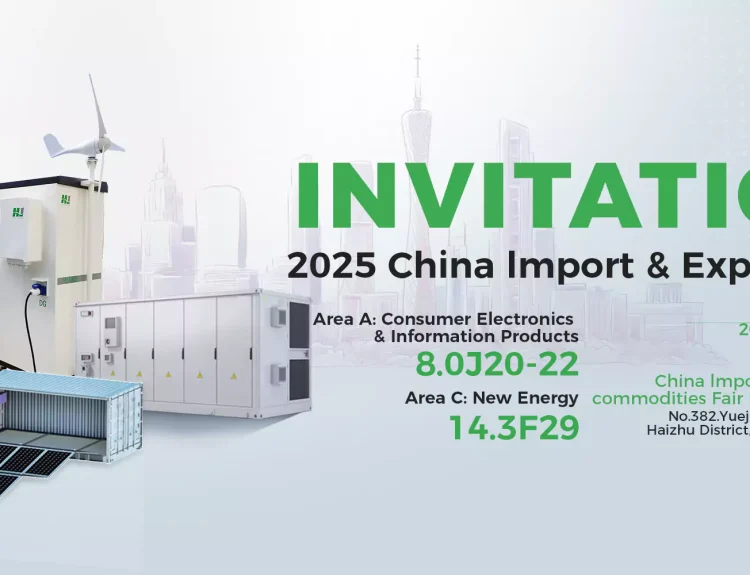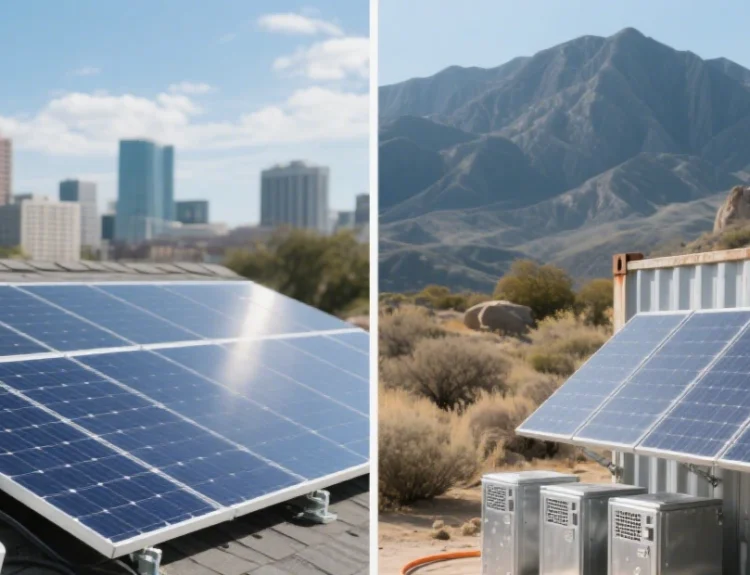The growing demand for renewable energy solutions has placed off-grid solar energy systems in the spotlight. These systems enable sustainable and independent energy production, making them essential in remote areas, mobile applications, and for individuals seeking energy autonomy. Striking a balance between the cost and environmental value of such systems is key to understanding their true potential.
Components of Off-Grid Solar Energy Systems
1. Solar Panels
Solar panels capture sunlight and convert it into electricity using photovoltaic cells. High-efficiency solar panels may have a higher upfront cost but deliver greater output, making them ideal for areas with limited space.
2. Batteries
Batteries store energy for use during cloudy days or nighttime. Options like lithium-ion batteries offer better lifespan and efficiency than traditional lead-acid batteries, though at a higher price.
3. Inverters
Inverters convert direct current (DC) into alternating current (AC), enabling compatibility with most household appliances. For sensitive electronics, pure sine wave inverters provide clean and stable power.
4. Charge Controllers
Charge controllers regulate the power flow from solar panels to batteries, ensuring efficient energy transfer and preventing overcharging. Advanced MPPT charge controllers enhance energy capture, though they tend to cost more than PWM controllers.
Cost Breakdown of Off-Grid Solar Systems
1. Equipment Costs
- Solar panels: $0.50–$1 per watt; for a 5 kW system, this totals $2,500–$5,000.
- Batteries: $100–$300/kWh for lead-acid; $500–$1,000/kWh for lithium-ion. A 10 kWh battery system ranges from $1,000 to $10,000.
- Inverters: $500–$2,000 for pure sine wave models.
- Charge controllers: $100–$600 for MPPT types.
2. Installation Costs
Depending on the location and complexity, installation fees range from $1,000 to $5,000. Remote areas often incur higher transportation and labor costs.
3. Maintenance Costs
Annual maintenance expenses are typically $100–$500, covering tasks like panel cleaning and battery checks. Lithium-ion batteries reduce long-term replacement costs with their longer lifespan.
Environmental and Economic Value
Energy Independence
Off-grid systems provide reliable power in remote locations or during grid outages, ensuring uninterrupted energy access.
Reducing Carbon Emissions
By utilizing solar energy, these systems significantly lower carbon footprints. This makes them a vital tool in combating climate change and promoting sustainability.
Long-Term Savings
Although initial investments are high, off-grid systems eliminate electricity bills, offering substantial savings over their 25-30 year lifespan.
Practical Applications of Off-Grid Solar Systems
Off-grid systems excel in areas without access to traditional power grids, such as:
- Remote homes and cabins
- Mobile homes and RVs
- Boats and marine vessels
For urban and suburban settings, hybrid systems that combine grid-tied functionality with battery storage might offer a more economical and practical solution.



